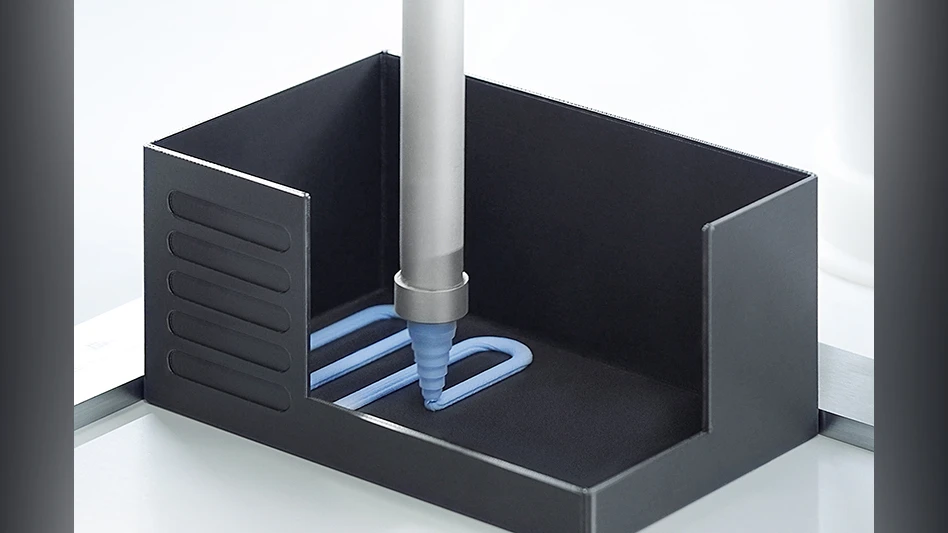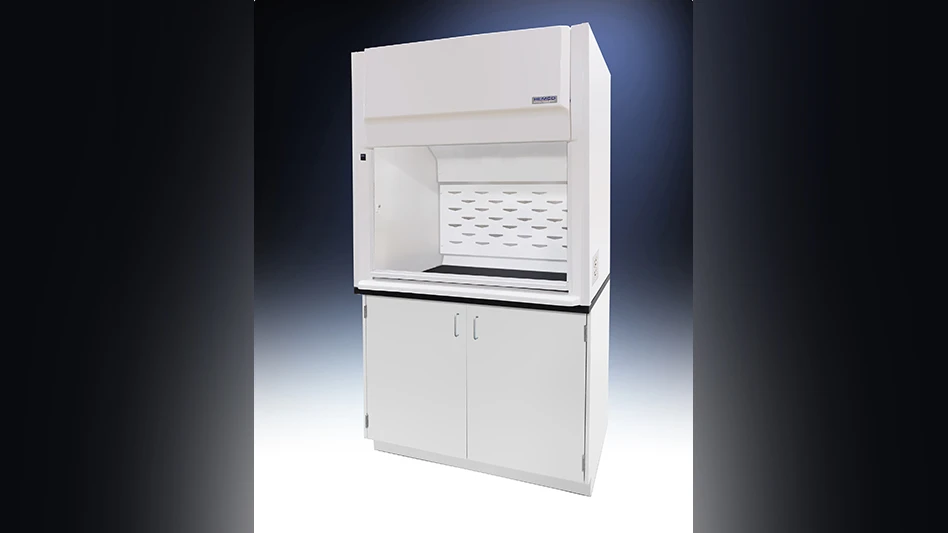
The retail environments where products are sold look nothing like the industrial environments where they are produced (think of the difference between a new car dealership and an automotive manufacturing plant).
Yet the same RFID products developed for retail stores and supply chain operations are heavily marketed to manufacturers for production operations. These products may have different housings or IP ratings than their general-purpose cousins and may work fine in warehouses, but that does not necessarily qualify them as industrial grade.
Production environments often have their own ruggedness, performance, and connectivity requirements that only purpose-built industrial equipment can reliably satisfy. For example, general-purpose RFID equipment may have the physical Ethernet port needed to connect to a PLC, but will not support EtherNet/IP, Profibus or other industrial protocols that run PLCs and other industrial automation equipment. The reader will need to be supported with additional protocol conversion, which slows system performance and adds to implementation time and expense.
EtherNet/IP and other industrial protocol support is just one example of the many features that separate true industrial RFID solutions from products that can be used in industrial environments. When evaluating RFID equipment, it is important to make the distinction between what is possible for use in the environment and what is optimal. This white paper helps system planners make that distinction, by providing an overview of the features and capabilities that differentiate true industrial RFID equipment.
Three fundamental qualities determine if RFID systems will perform reliably in demanding production environments:
- Will the RFID system integrate seamlessly with industrial control systems?
- Will it provide the reliability and speed that production and information systems require?
- Can it maintain uptime and performance long term – will it last as long as the production line?
Click here to download the full white paper from Balluff.
Source: Balluff
Latest from Aerospace Manufacturing and Design
- 2024 Favorites: #9 News – Siemens acquires Altair Engineering
- 2024 Favorites: #10 Article – How 3D-printed aviation parts can accelerate return to air
- 2024 Favorites: #10 News – Boom Supersonic completes Overture Superfactory
- OMIC R&D hosts Supporting Women in Manufacturing Day 2024
- 4D Technology's AccuFiz SWIR interferometer
- Seventh Lockheed Martin-built GPS III satellite launches
- KYOCERA AVX's CR Series high-power chip resistor
- UT researchers receive Air Force grant for wind tunnel





